PRESENTATION: Isamu Noguchi, Part II
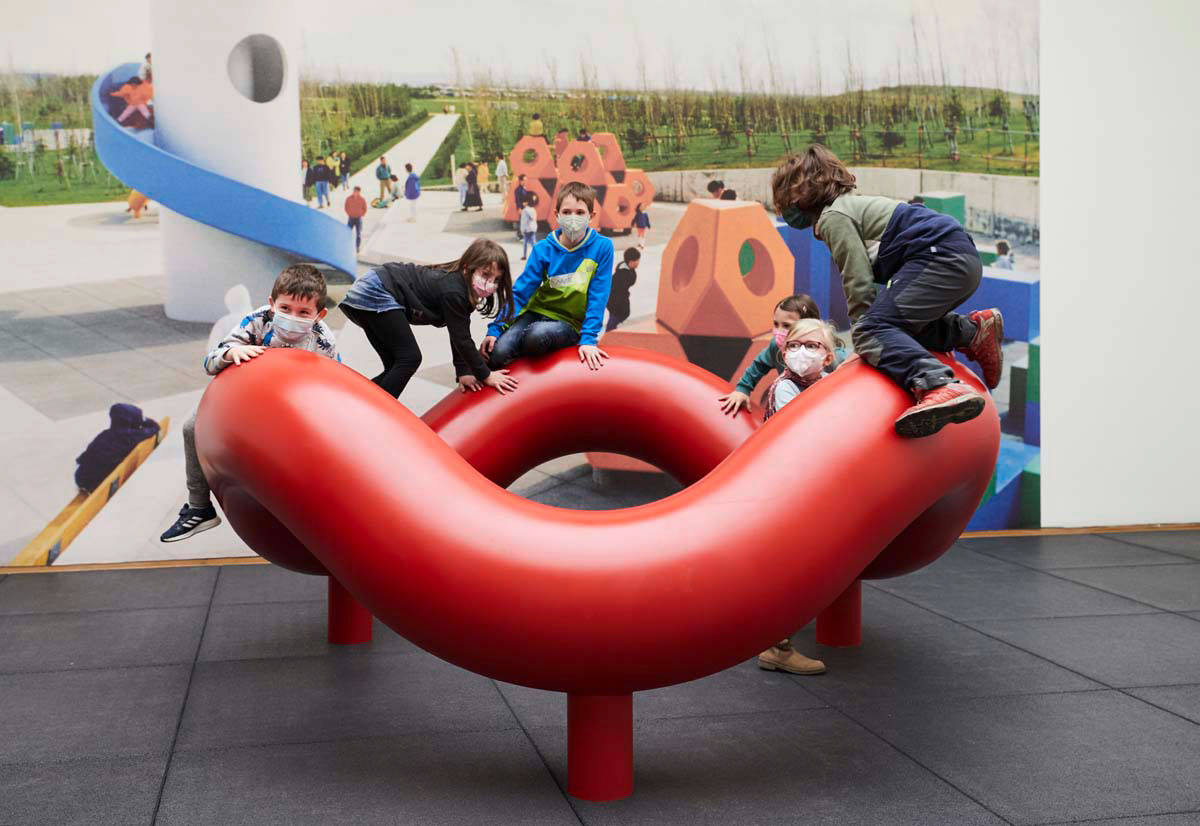 Isamu Noguchi spent his life in search of an identity that transcends national and artistic categories. He traveled extensively and lived in different countries. In his art he adopted and updated the characteristic aspects of these places as well as their materials and traditions. His sculptures do not follow a recognizable style. They are beautiful, useful, political, innovative, and remind us of our connection with nature (Part I).
Isamu Noguchi spent his life in search of an identity that transcends national and artistic categories. He traveled extensively and lived in different countries. In his art he adopted and updated the characteristic aspects of these places as well as their materials and traditions. His sculptures do not follow a recognizable style. They are beautiful, useful, political, innovative, and remind us of our connection with nature (Part I).
By Dimitris Lempesis
Photo: Ludwig Museum Archive
The Museum Ludwig is hosting the first comprehensive retrospective in Europe in over twenty years on the Japanese American sculptor Isamu Noguchi. The exhibition covers all of Noguchi’s creative periods and practices with 150 works and present him as an experimental and politically engaged artist. Noguchi is a great 20th Century sculptor, who is often better known for his iconic collaborations and design projects outside the strict domain of the fine arts, such as his coffee table for Hermann Miller, Dance Sets for Martha Graham, and Akari lights. His work was shaped by an expanded conception of sculpture and the question of human beings’ relationship to the earth, as well as his fascination with materials and technology. His thinking was transgressive, transnational, and radically interdisciplinary in every regard. After studying in New York City with Onorio Ruotolo in 1923, he won a Guggenheim fellowship and became Constantin Brancusi’s assistant for two years (1927–29) in Paris. There he met Alberto Giacometti and Alexander Calder and became an enthusiast of abstract sculpture. He was also influenced by the Surrealist works of Pablo Picasso and Joan Miró. Noguchi’s first exhibition was in New York City in 1929. From the 1920s to the 1980s he created monuments with a political message, light objects, stage sets, playgrounds, and gardens, always in pursuit of the connection between art and everyday life. The retrospective begins with portraits: heads and figures, abstract and realistic, like a panorama composed of a wide variety of media, social contacts around the world, and artistic views. Featured are a rare self-portrait as a boy with blue eyes, along with heads of Martha Graham and Buckminster Fuller, as well as Brâncuși, Noguchi’s uncle Takagi, the writer Tara Pandit, a Radio Nurse, the dancer Michio Itō, the painter José Clemente Orozco, the musician Kyoko Kawamura, and Noguchi’s wife of five years in the 1950s, the actress Yoshiko Yamaguchi. The focal point of the exhibition is Noguchi’s Surrealist Interlocking Sculptures from the 1940s are assembled out of individual elements reminiscent of limbs or bones. Some figures made of stone or bronze convey a painful expression, while others appear playful. The Interlocking Sculptures are easy to disassemble and transport. Their titles have cultural and political references, sometimes pointing to Noguchi himself. The foundation of his life and work was his engagement with the social and political questions of his time. His opposition to racism and violence as well as questions of identity and belonging are reflected in many of Noguchi’s artworks. In others, the memories of pain and oppression become almost invisible. 120,000 Americans of Japanese descent were imprisoned after the Japanese attack on Pearl Harbor in 1942, Noguchi entered one of the camps in the Arizona desert. Still decades later, his sculptures continued to bear the memory of the discrimination he experienced as a Japanese American. The rich facets of his work include his public and political art projects from the 1930s, dance collaborations, ceramics, as well as public works and plans for cities from Jerusalem and Hiroshima, Munich, Bologna, Paris, and Delhi. The last room shows Noguchi’s design for “Sculpture to Be Seen from Mars (Memorial to Man)”. The work was conceived in 1947, two years after the atomic bombs were dropped on Hiroshima and Nagasaki, but it was never realized. Since his early playground designs, Noguchi viewed the earth as an artistic material. In “Sculpture to Be Seen from Mars (Memorial to Man)” he presents an extraterrestrial perspective on our planet Earth. A human face appears on the surface of the planet, a reminder of the fact that humanity shaped the earth with culture but also destroyed it.
Photo: Children from the Diesterweg elementary school on lsamu Noguchi’s Play Sculpture, 1965/2021, © The lsamu Noguchi Foundation and Garden, MuseumNG Bild-Kunst, Bonn 2022, Photo: Rheinisches Bildarchiv, Cologne, Marleen Scholten
Info: Curator: Rita Kersting, Ludwig Museum, Heinrich-Böll-Platz, Cologne, Germany, Duration” 26/3-31/7/2022, Days & Hours: Tue-Sun 10:00-18:00, www.museum-ludwig.de
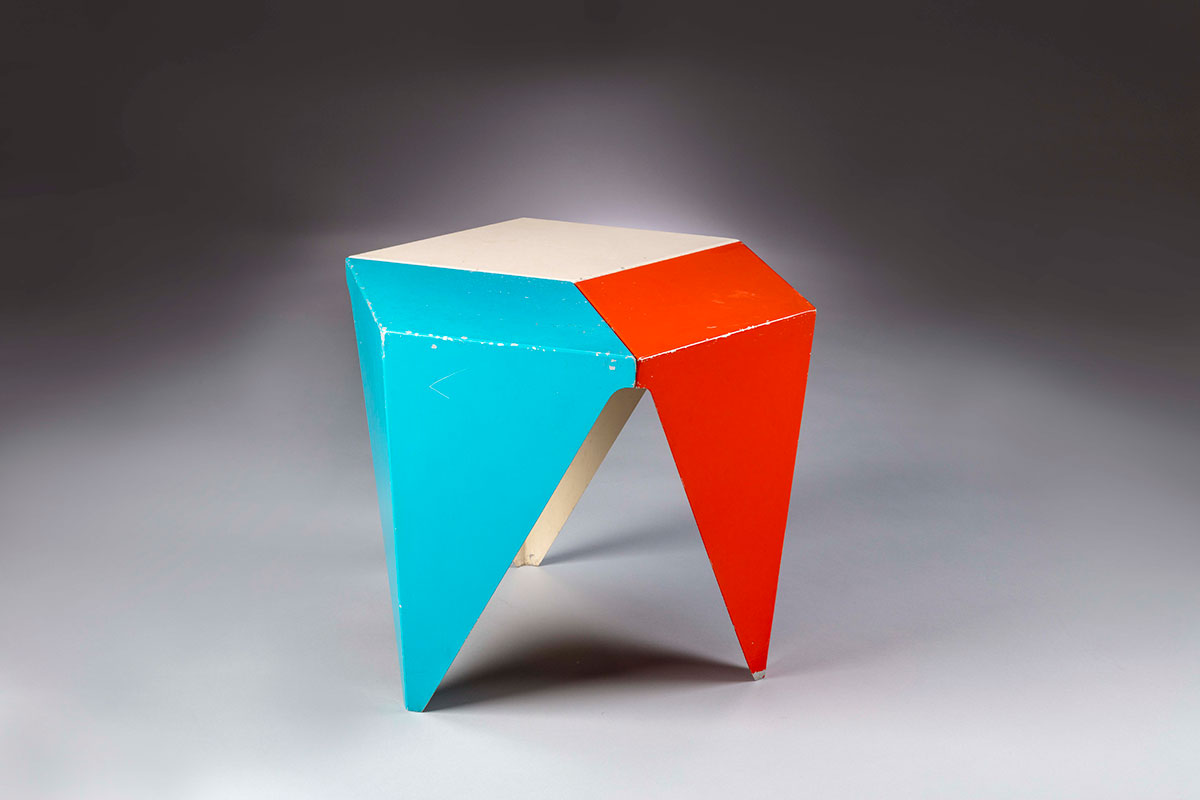
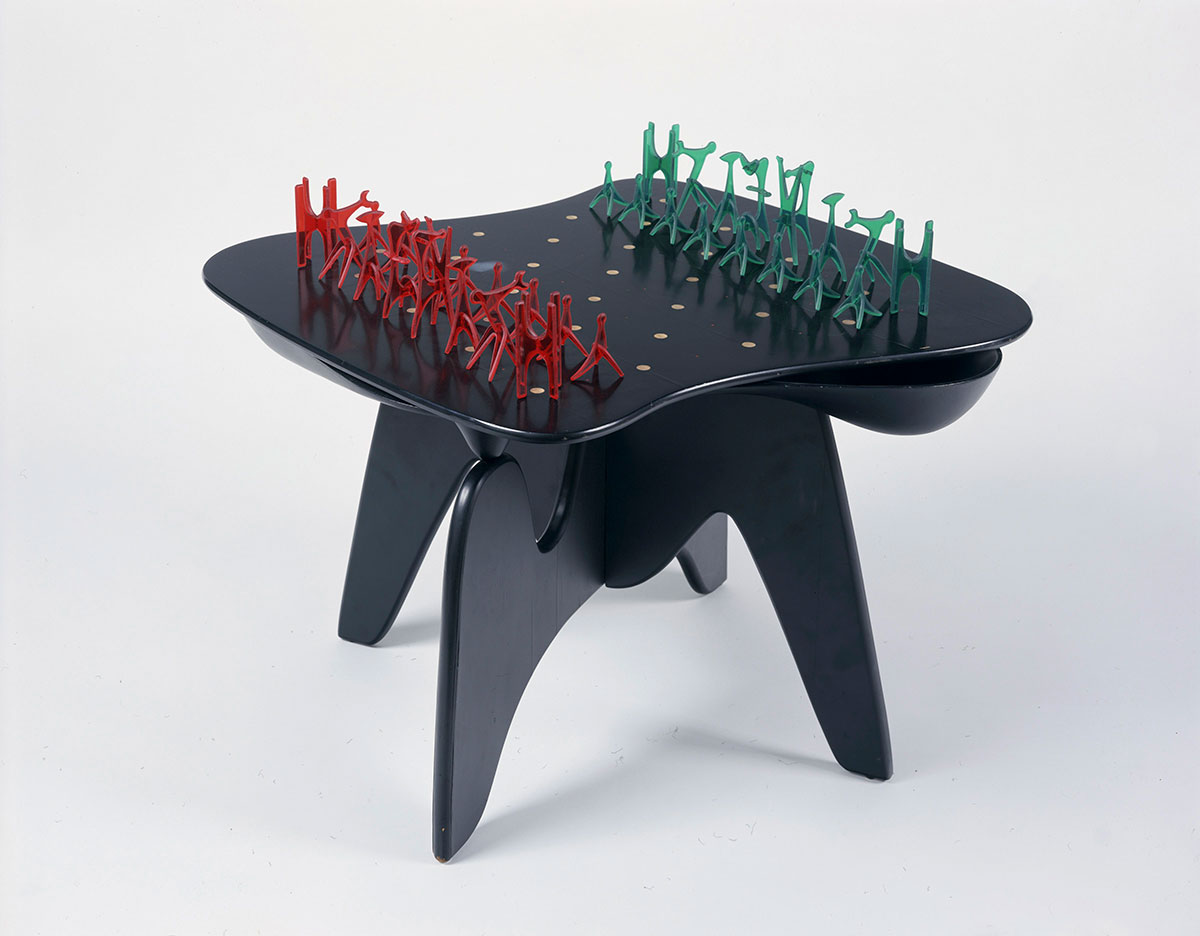
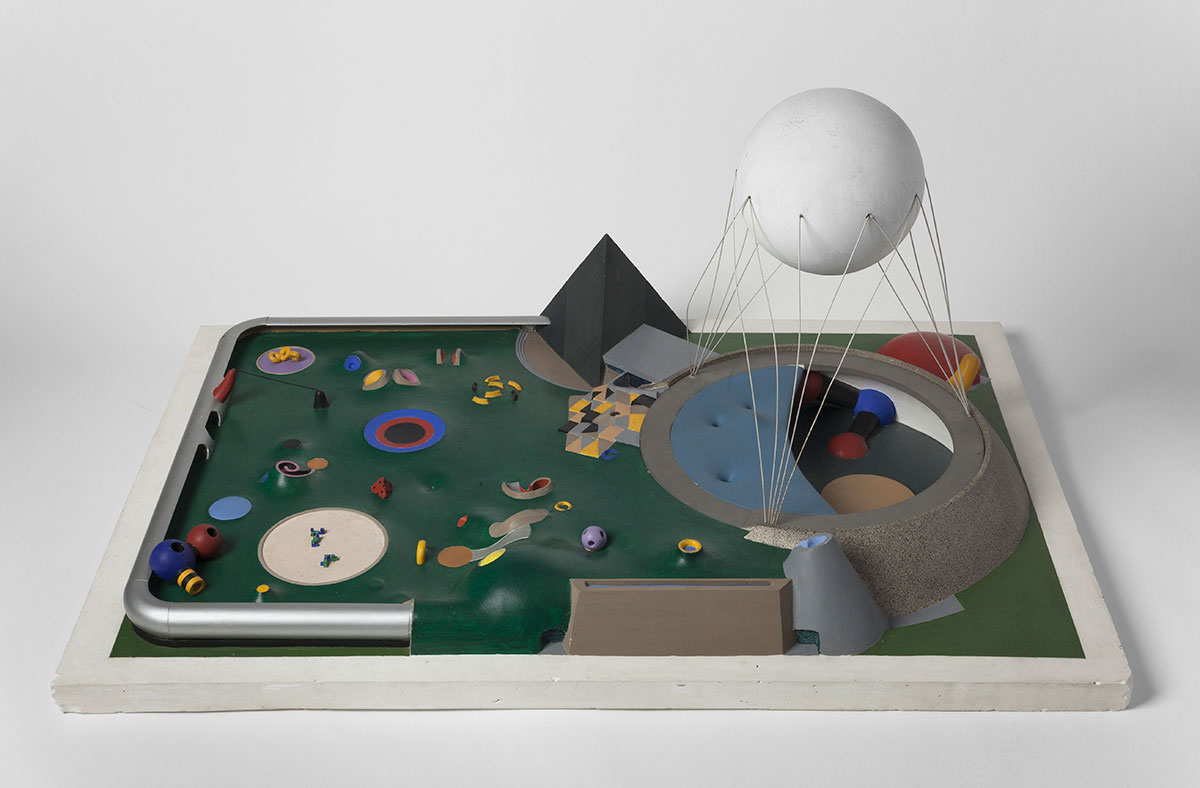

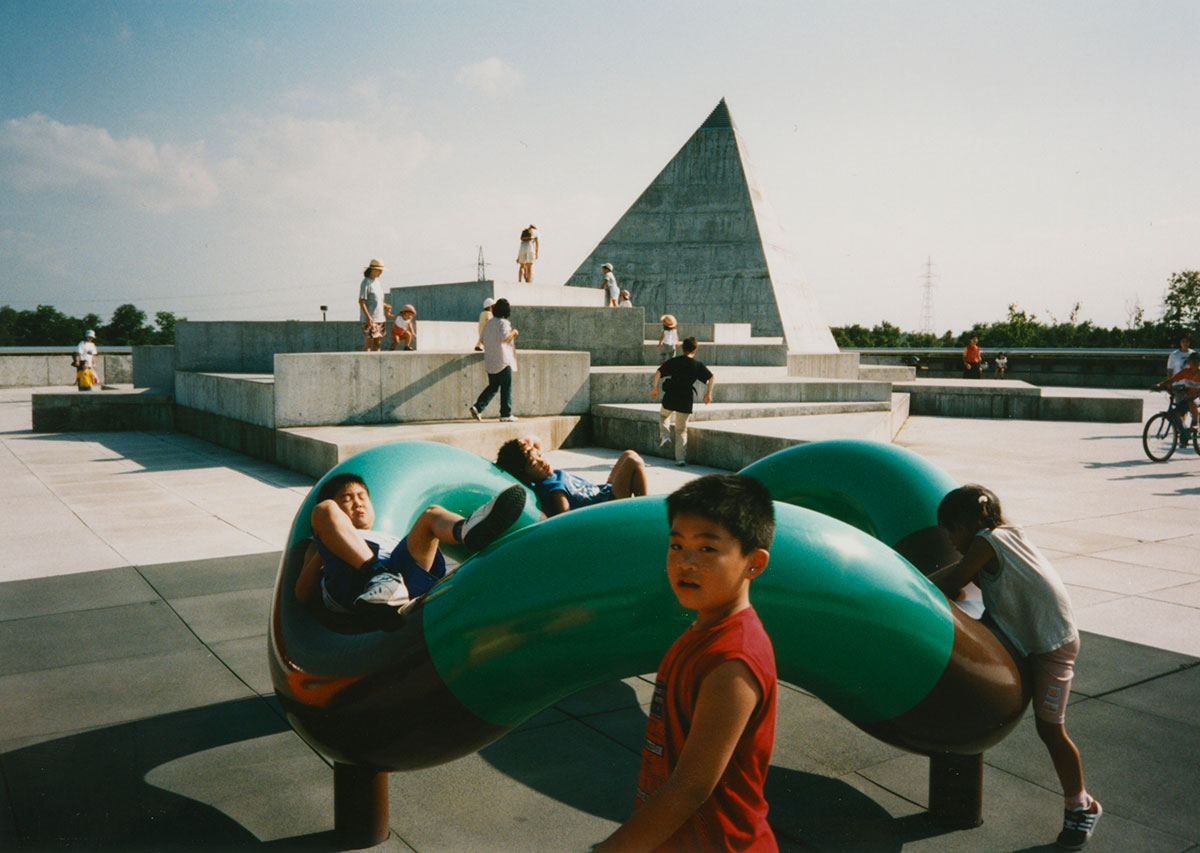

Right: lsamu Noguchi (design), Octetra, Forest of Cherry Trees, Moerenuma Park, Japan, 1982-85, © The lsamu Noguchi Foundation and Garden, MuseumNG Bild-Kunst, Bonn 2022, Photo: Toshishige Mizoguchi, courtesy of The lsamu Noguchi Foundation of Japan

Right: Martha Graham with Spider Dress and Serpent for Cave of the Heart, 1946, The Noguchi Museum Archives, 01619, © The lsamu Noguchi Foundation and Garden MuseumNG Bild-Kunst, Bonn 2022, Photo: Cris Alexander

Right: Ruth Page in Costume Sack for Expanding Universe, 1932 The Noguchi Museum Archives, 01455, © The lsamu Noguchi Foundation and Garden MuseumNG Bild-Kunst, Bonn 2022/Penn State University Libraries, Photo: F.S. Lincoln

